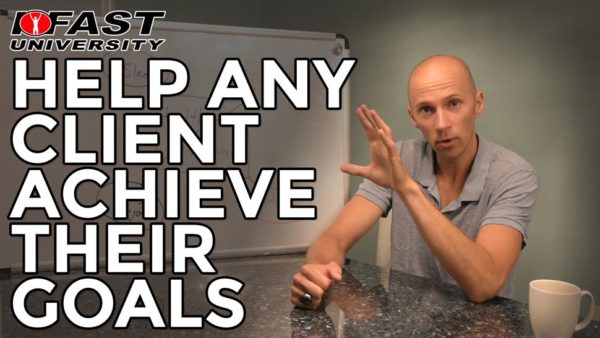Tag: IFAST

Help Any Client Achieve Their Goals
I recently did a little spot on IFAST University regarding how I approach, assess, and progress people along the physical…
Course Notes: The Elite Speed Seminar
I just finished up the Elite Speed Seminar at what has become my home away from home, Indianapolis Fitness and…
